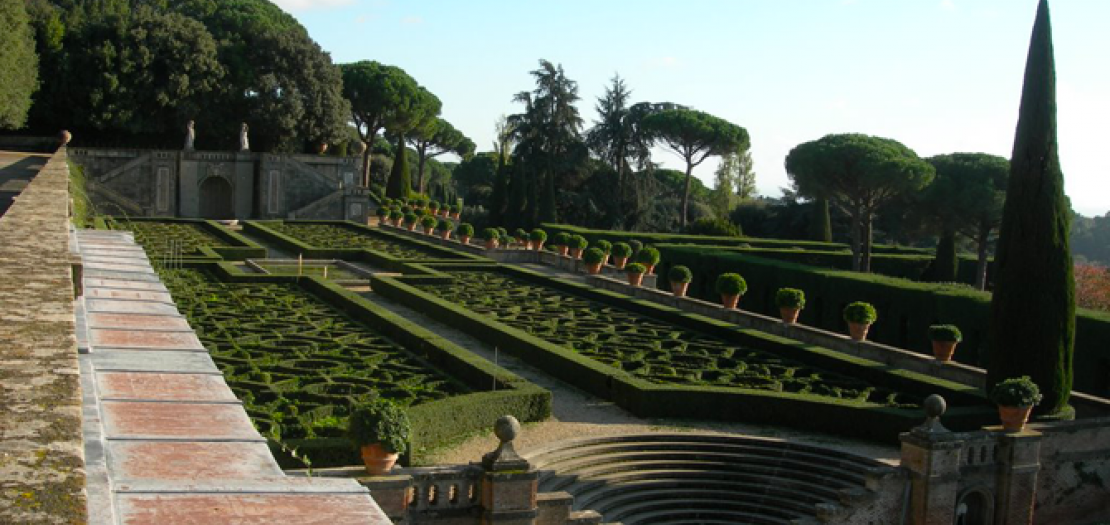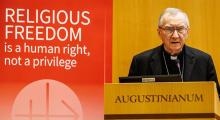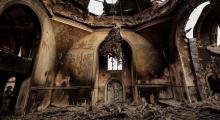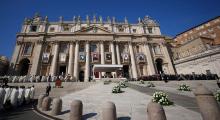Issued by the Catholic Center for Studies and Media - Jordan. Editor-in-chief Fr. Rif'at Bader - موقع أبونا abouna.org

From March 1, the magnificent gardens surrounding the papal summer residence at Castel Gandolfo are open to the public. Located south of Rome in the Alban hills, the property includes the extensive Barberini gardens, the remains of a Roman villa and a 62 acre farm, as well as the ancient papal palace.
A statement from the director of the Vatican Museums says it was Pope Francis himself who decided to make accessible to all the gardens of the Pontifical Villas “where the splendor of art and the glory of nature co-exist in admirable equilibrium.” From Monday through Saturday mornings a one-and-a-half hour guided tour of the gardens, in Italian or English, will be available to individuals or groups through an online booking system.
The Barberini Gardens, as they’re known, lie on the site of an ancient Roman villa built by Emperor Domitian, the third and last ruler of the Flavian dynasty. Visitors can still wander through the ruins of the imperial theatre and the crypto-portico, or covered passageway where the emperor and his guests could stroll while escaping from the summer heat.
With stunning views over Lake Albano and beyond, to the coastline of the Mediterranean sea, the Villa has been a favourite holiday residence for the popes since the 17th century. Under the Lateran Pact of 1929, the Villa became part of the extra-territorial possessions of the Holy See and underwent major restoration work. The pope of that time, Pius XI, oversaw the creation of a model farm which still produces eggs, milk, oil, vegetables and honey for local employees or for sale in the Vatican supermarket. Pope Pius XII, who allowed war refugees sanctuary in the Villa, died there in 1958, as did Pope Paul VI two decades later. Amongst the hidden treasures that visitors can enjoy are the magnolia garden, the path of roses and that of aromatic herbs, the square of holly oaks and the breathtaking Belvedere garden.







